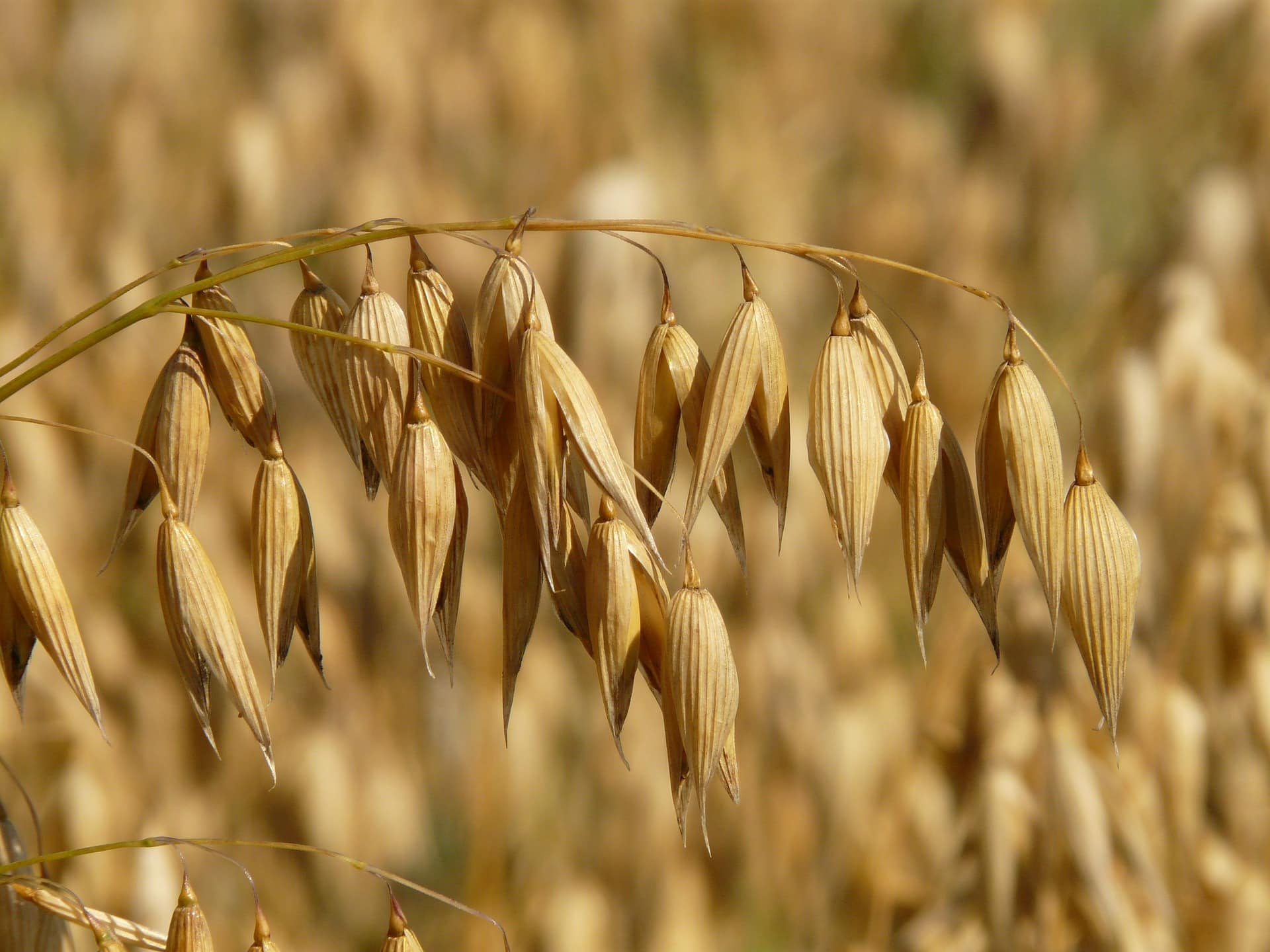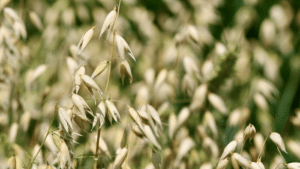Oats are a unique cereal with a low carbon footprint and considerable health benefits. The crop is packed full of fiber, phosphorus, thiamine, magnesium and zinc, making it a prime candidate for innovation.
Researchers have recently decoded the genome of oats, revealing why the cereal could be favorable for those with celiac disease and gluten intolerance.
Understanding the genome sequence gives researchers greater insight into which genes are in control of which traits. These findings also provide additional insights into oat varieties with a higher nutritional value and greater resistance to drought and disease.
Researchers from Edith Cowan University (ECU), Australia’s national science agency CSIRO and the Walter and Eliza Hall Institute of Medical Research (WEHI) were part of the international collaboration conducted by Lund University, the ScanOats Industrial Research Center and Helmholtz Munich, shared a news release from ECU.
The team was especially interested in discovering why oat products provoke fewer allergies and intolerances in contrast to cereals such as wheat and rye, shared Professor Michelle Colgrave from ECU and CSIRO.
“We discovered that oats have fewer of the proteins that correspond to gluten in wheat, causing an immune reaction from people with celiac disease. This allowed us to confirm, on both a gene (DNA) and protein level, that oats contain fewer protein sequences that are known to trigger food allergy and intolerance,” she said.
Oats contain a higher proportion of beta-glucans than other cereals, reducing blood cholesterol levels more effectively and aiding those with metabolic diseases, including type 2 diabetes.
“Concerns that oats harbor gluten-like proteins that may be harmful for people with celiac disease has meant that in Australia and New Zealand, oats are currently excluded from the gluten-free diet,” shared Jason Tye-Din from WEHI.
People restricted to gluten-free diets consume smaller amounts of whole grain, increasing the risk of heart disease. The inclusion of oats could reduce adverse effects, shared the study.
“The findings from this study tells us that the genes encoding potentially harmful gluten-like sequences are infrequent, expressed at low level and the sequences themselves less likely to trigger inflammation,” Tye-Din added. “These characteristics mean oats bear closer genomic and protein similarities to rice, which is safe in coeliac disease, than wheat and other gluten-rich cereals.”
In addition to their innate health benefits, oats also require fewer insecticide, fungicide and fertilizer treatments than other cereals.
As a result of the team’s findings, more nutritious and sustainable oats can be bred and cultivated at a quicker rate.
“The freely available resources created in this collaboration are essentially the blueprint for oats and will increase the potential of breeding to target specific traits,” said Colgrave. “This could be high protein in grain to address the increasing demand for plant-based sources of protein to meet our growing population.”
Read More About Cereal Crops:
Oat Reference Genome: Insights into Uniquely Healthy Cereal Crop
Limagrain Cereal Seeds Launches First CoAXium Soft White Winter Wheat Varieties













